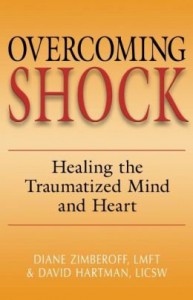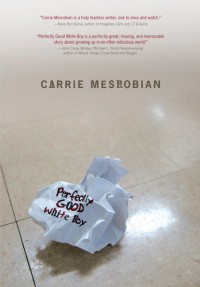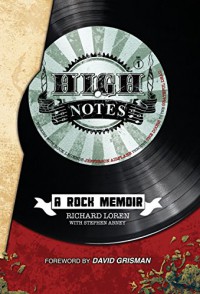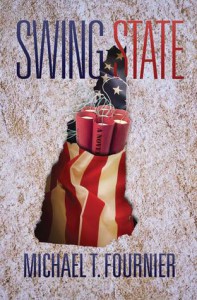
Riding the Radical Road to Alternative Cancer Treatments

When Laura Bond’s mother was diagnosed with ovarian and uterine cancer, the doctors offered the standard treatments: radiation and chemotherapy. Bond and her mother, Gemma, had lots of questions, but the doctors provided few answers. Determined to ferret out the truth about the safety and effectiveness of cancer treatments, mother and daughter embarked on the worldwide search for medical alternatives, which Bond chronicles here. Her optimism speaks from every page of You Can Say No to Chemo and offers hope to other cancer patients and their families.
Bond writes in a friendly, accessible style, making everything from vitamin C injections to ozone therapy sound approachable. Although techniques like coffee enemas and hyperthermia don’t sound like the most comfortable options, Bond supports even the more unusual alternatives with quotations and citations from a wide range of experts. Some are instantly recognizable, like vitamin C proponent Linus Pauling and Love, Medicine, and Miracles author, Dr. Bernie Siegel. Others, like Dr. Thomas Lodi, who treats cancer patients with a combination of detoxification and low-dose chemotherapy, will be new to many. A thick reference section at the end offers an opportunity to learn more about all of the options Bond covers.
Each chapter addresses a different healing modality, and many include Gemma’s personal experience with the techniques. This is a boon to anyone who has ever read a medical report about a new treatment and wondered what it would actually be like to experience it firsthand. Bond supplements her mother’s stories with those of other cancer survivors who have successfully treated their breast, pancreatic, skin, and bladder cancers with alternative medicine.
Bond doesn’t provide much criticism of alternative treatments, but her goal here is not to provide a debate forum but to champion the efforts of those thinking outside the conventional medicine box. What You Can Say No to Chemo provides is information patients might never get without it, a unique resource to consult on their journey to healing.
For Foreword Reviews, Feb. 27, 2015



 1
1



















 1
1


